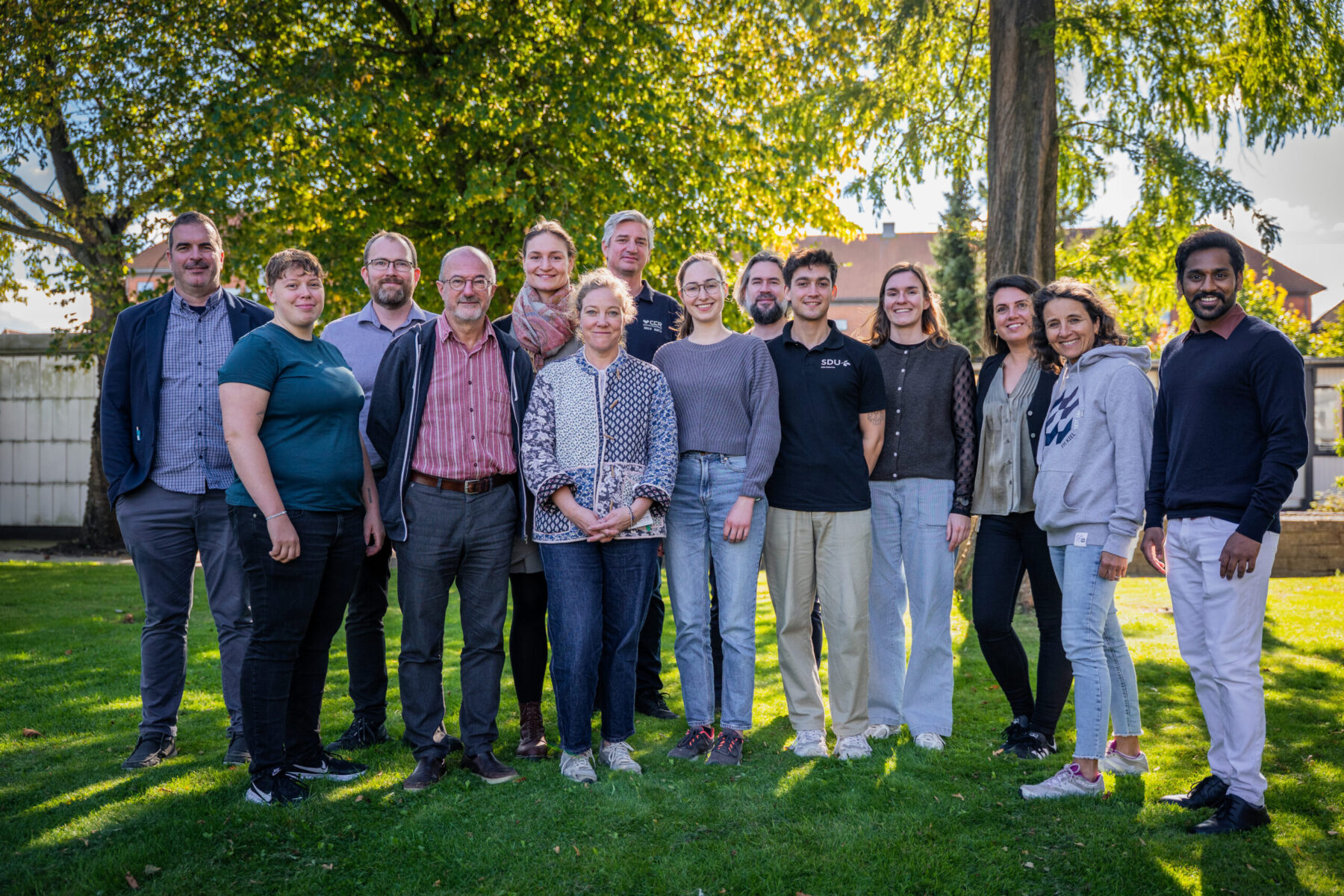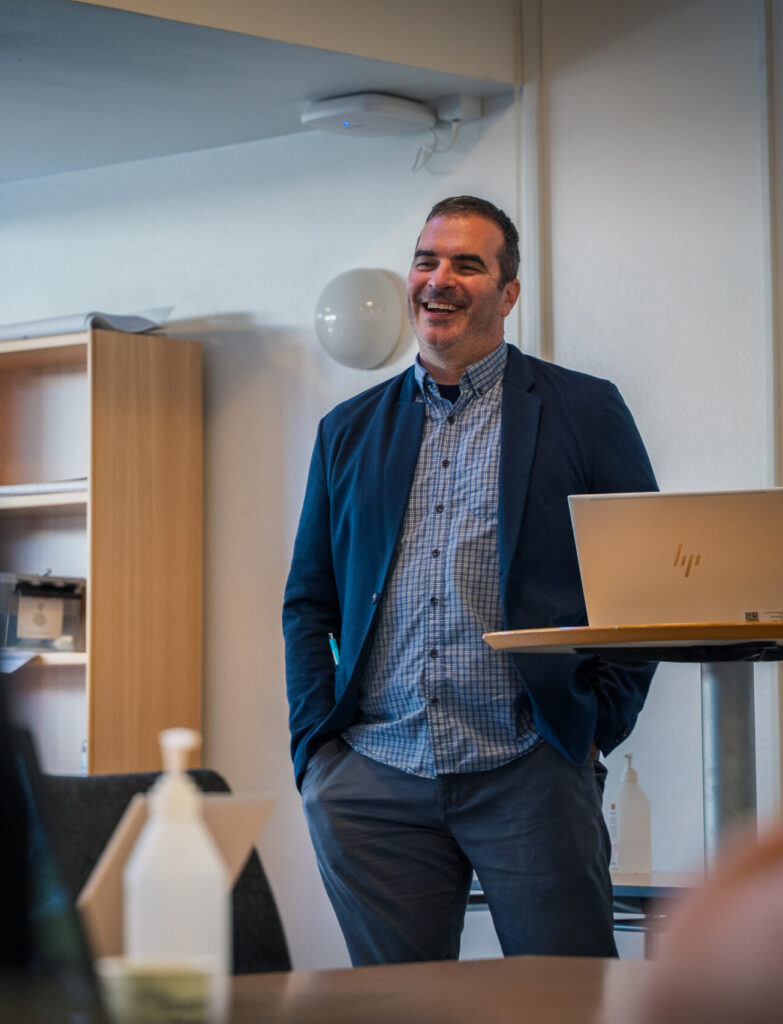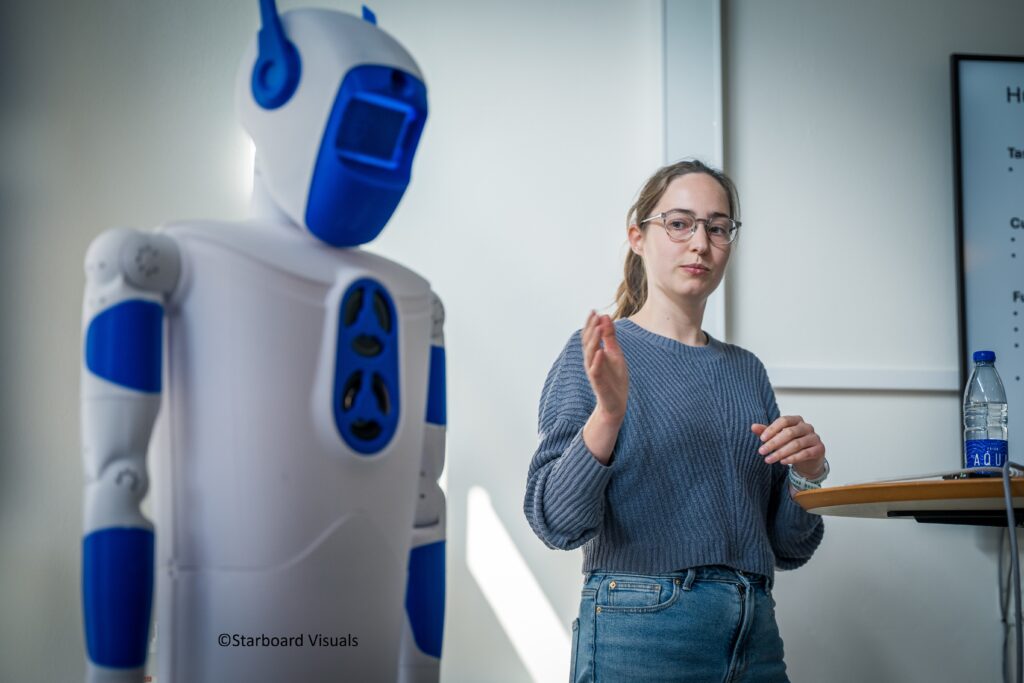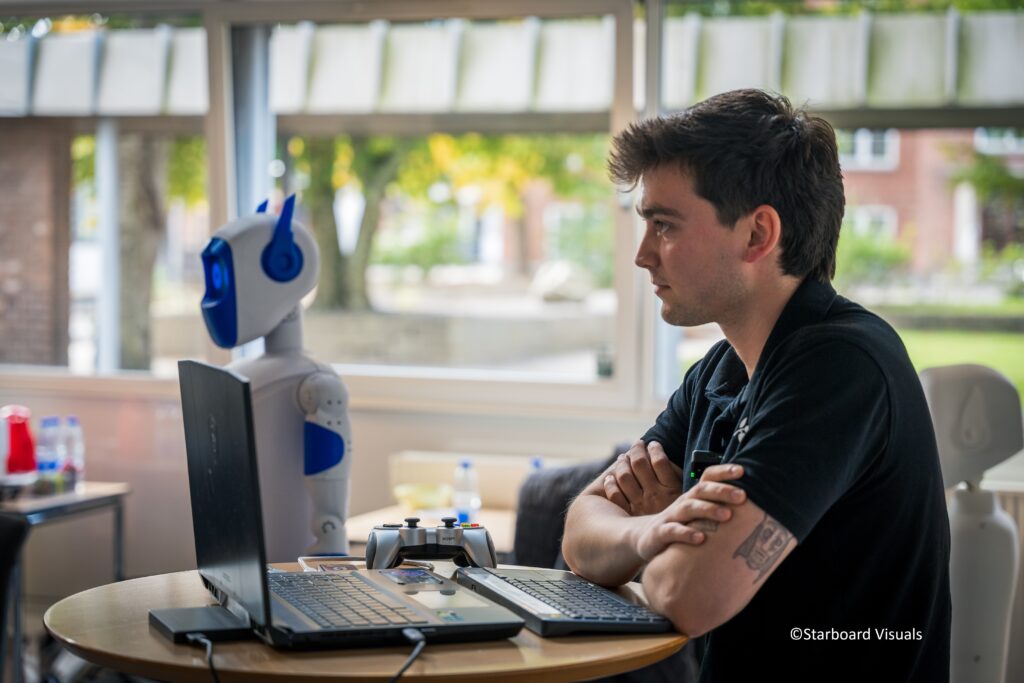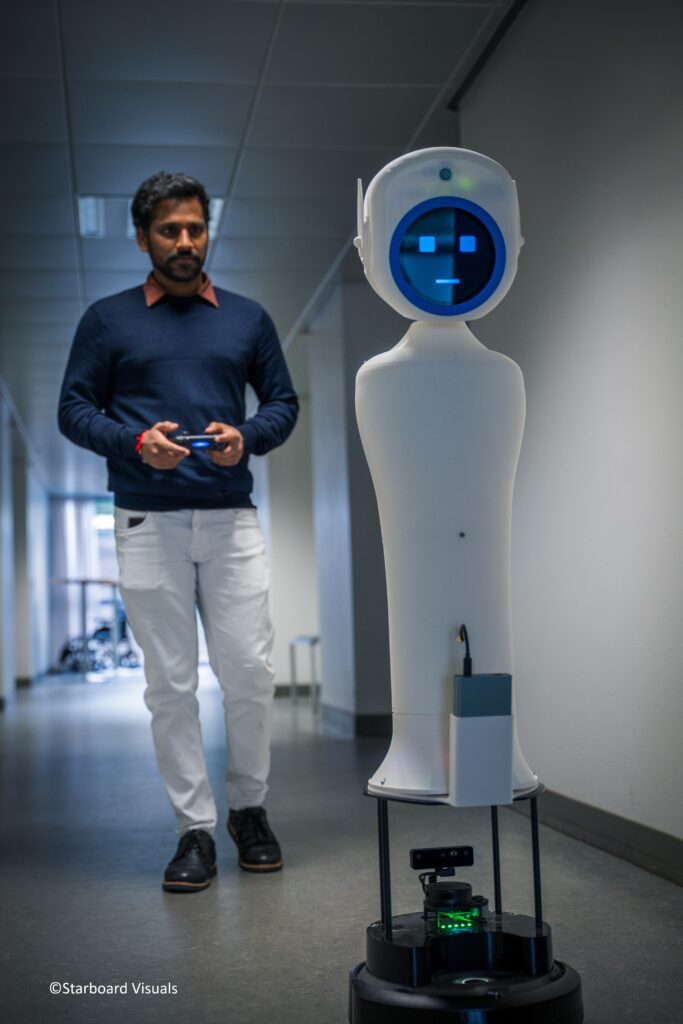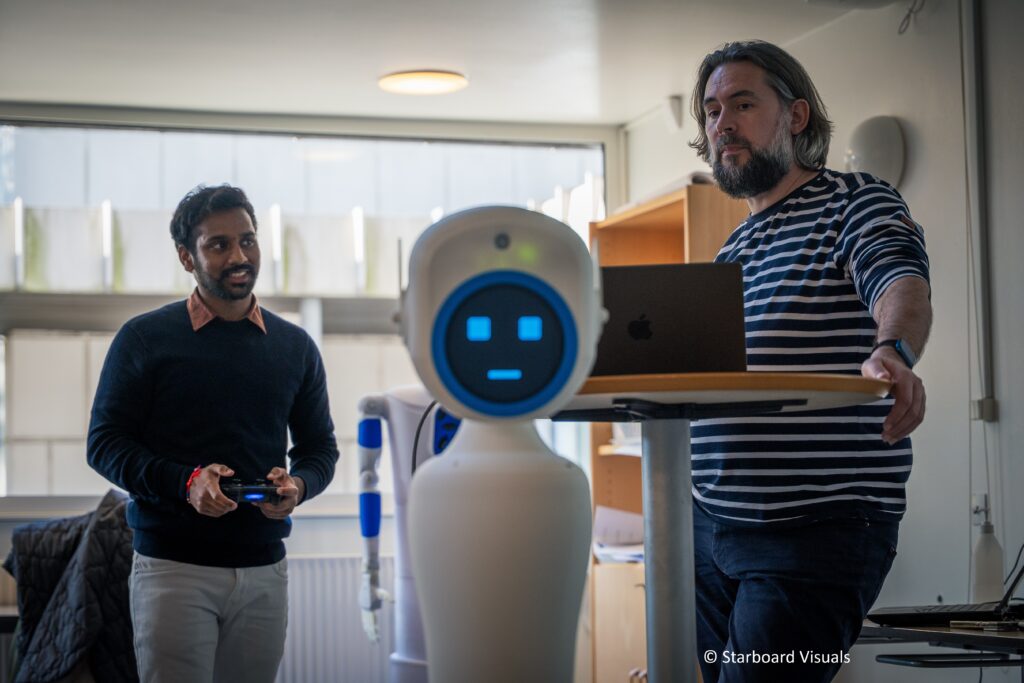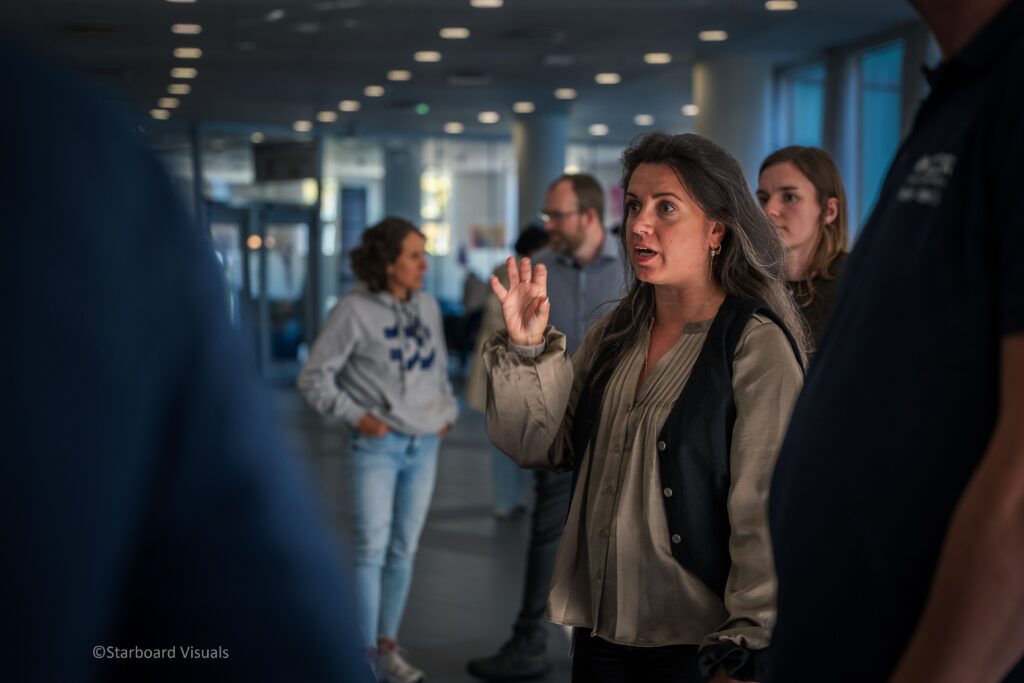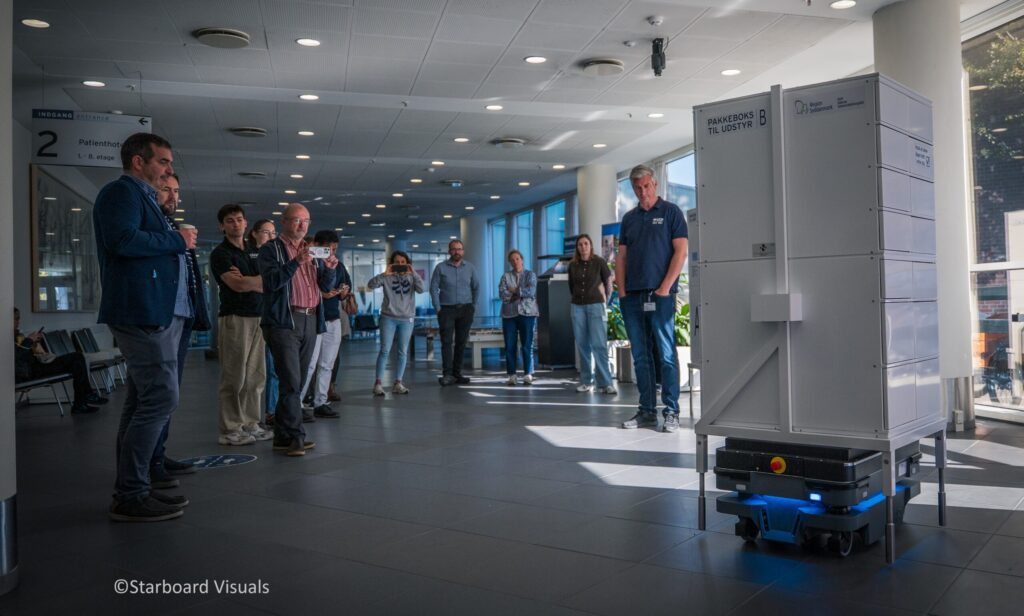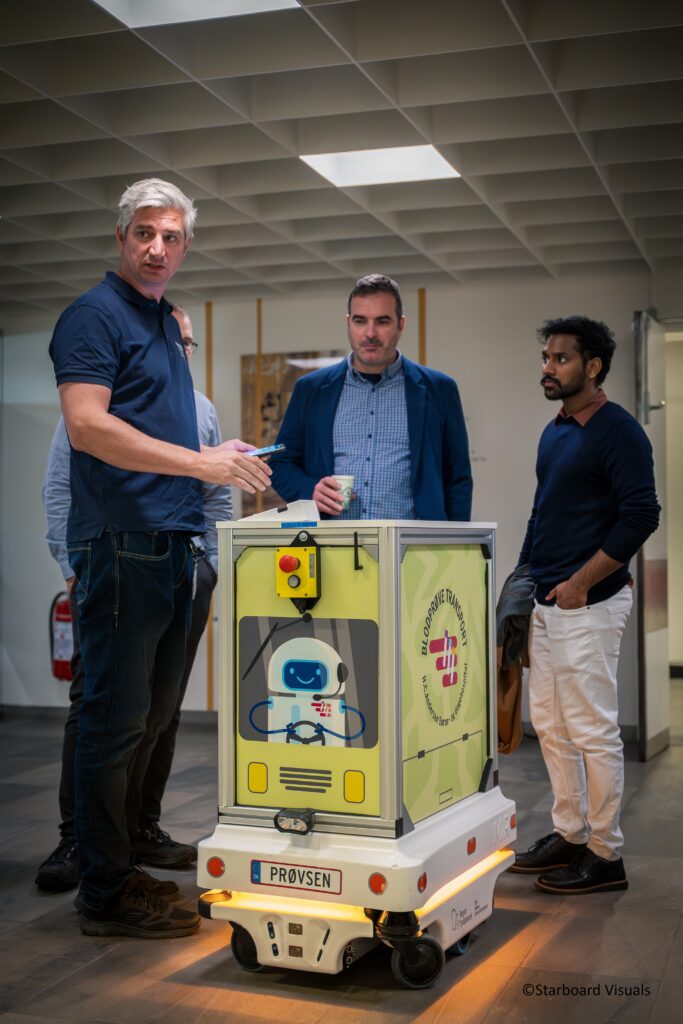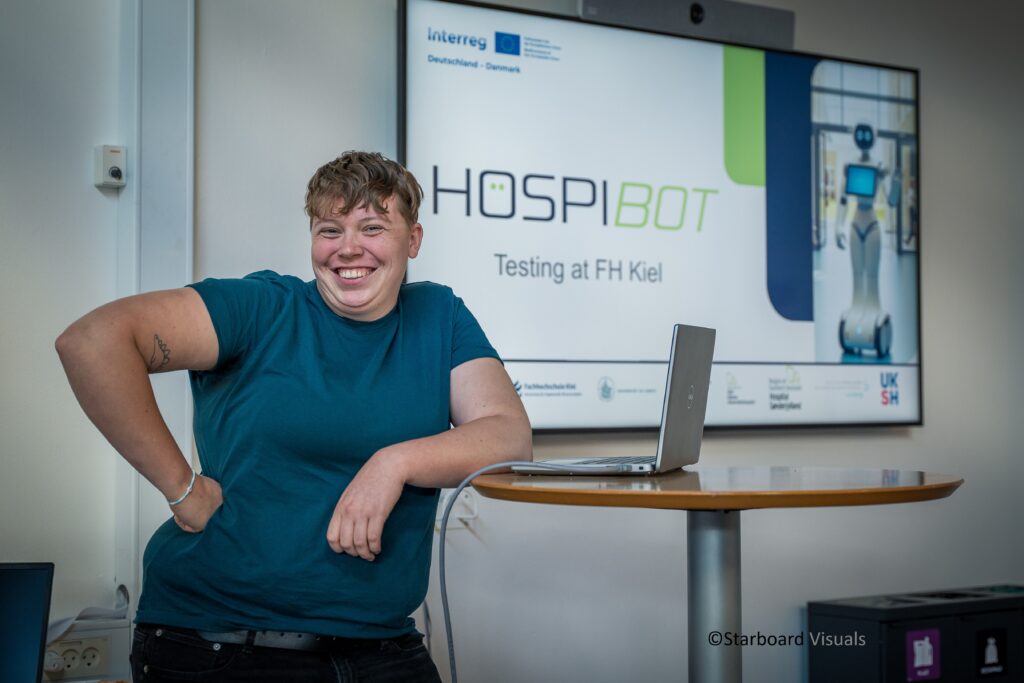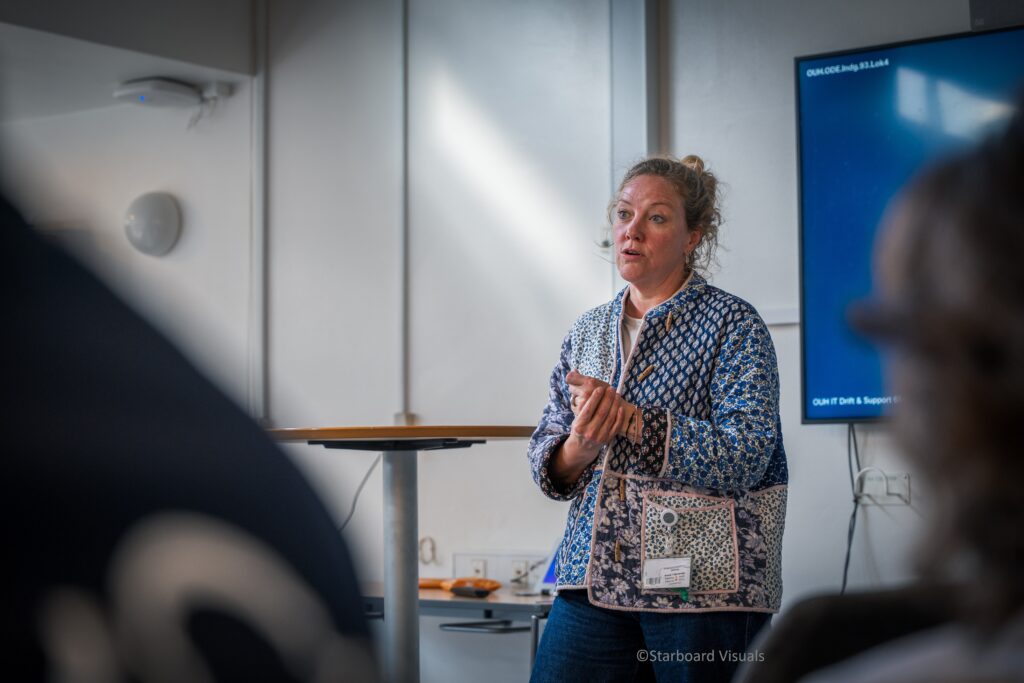About the author

Wiebke Behrens-Focken
Hi! Im part of HospiBot’s external communications team. My aim is to make the complex work behind our research project understandable and accessible to a broader audience. That way I can raise awareness of intelligent technologies like robots, foster trust in their use, and encourage public dialogue about their role in healthcare and society.

